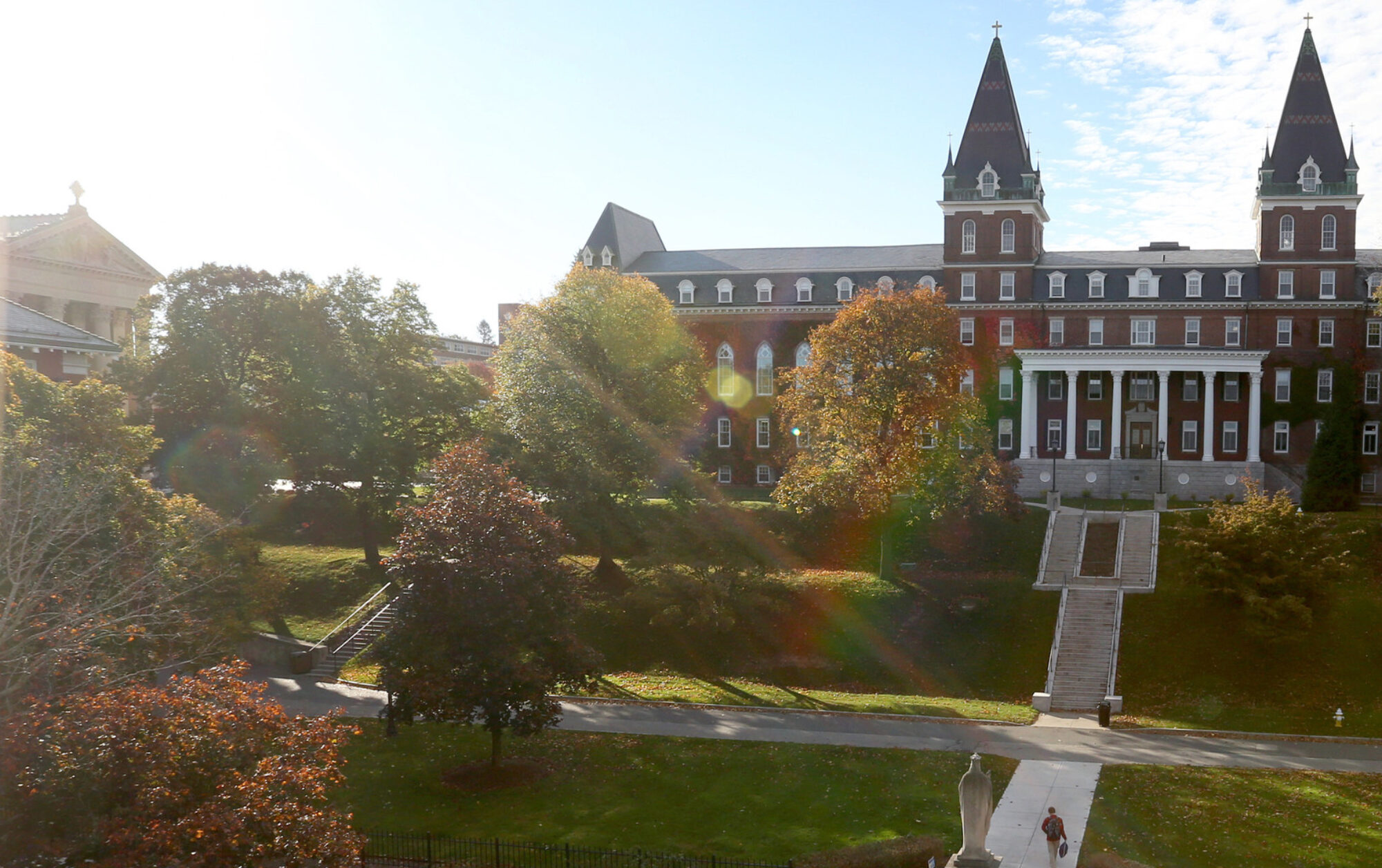During my four years in admissions, I have always played a hand in multicultural recruitment and have observed that diversity in colleges is an area that is increasingly receiving a lot of attention. In terms of figures, Holy Cross is on par with many of our peer institutions in the area of racial diversity with about 17% ALANA (African American, Latino American, Asian American and Native American) students in the general student body and about 21% in the current freshman class. As an Asian-American myself, I tend to look at racial diversity in whatever environment I am in very closely and I have come to realize that I can’t look only at percentages alone. The reality is that there simply are not many ALANA students on college campuses and not many ALANA professionals in the working world (though I do think the situation is improving incrementally) so looking for institutions where 50% of the student body is ALANA for example is futile because you’ll be hard pressed to find an institution that has those kind of numbers, especially private institutions.
What I think is more important to focus on when looking at the issue of diversity on college campuses is the climate surrounding the issue of diversity. What infrastructure is in place to nurture multicultural education? What student organizations exist to focus on a variety of cultures and provide students associated with those cultures a home base while providing students who are not associated with that culture a learning opportunity? How does the administration and faculty support and nurture multicultural learning? Though I have not been at many institutions, I have observed campus life on two other small liberal arts institutions prior to Holy Cross and can say that I have been most impressed by the infrastructure that is in place at Holy Cross. To date, we have 12 student organizations that identify as Multicultural Student Organizations (MSO’s) and focus on issues that range from a variety of cultural backgrounds such as Hispanic, Asian and Caribbean cultures to LGBTQ issues to women’s affairs. Furthermore, there is a well thought out support system in place to make sure that these organizations have the support and resources they need to be successful on campus. The Office of Multicultural Education at Holy Cross also plays an instrumental role in providing multicultural awareness on campus. The office educates, promotes and serves to empower the campus community on issues of diversity, multiculturalism and the value of human differences through classes, workshops, training sessions peer education and consultations. At Holy Cross, we also require all students to take a cross cultural studies course as one of their core requirements to stimulate critical reflection on issues involved in encountering other cultures and to “help students think systemically about the fundamental assumptions underlying cultural differences.” Some of these courses Introduction to Comparative Politics, Writing Madness in Africa, and Introduction to Islam. And these are only the official structures that are in place. There are a number of informal ways that different members and offices in the community strive to promote diversity on campus that you won’t find mentioned in our catalog or on our website.
Though much of what I have written focuses on cultural and racial diversity, we at Holy Cross also value diversity in the area of spiritual views, political beliefs, sexual orientation, geography and thought. We as admissions professionals work hard to create an incoming class that is diverse on a variety of levels and see one representation of this in the over 80 different student organizations on campus. And ultimately at the end of the day, we are all different from each other even if we are of the same race, ethnicity, religious faith, etc and the challenge we place before students is the task of fleshing out those differences, embracing them and learning from them.
Tran Kim-Senior
Assistant Director of Admissions
Coordinator of Multicultural Recruitment

